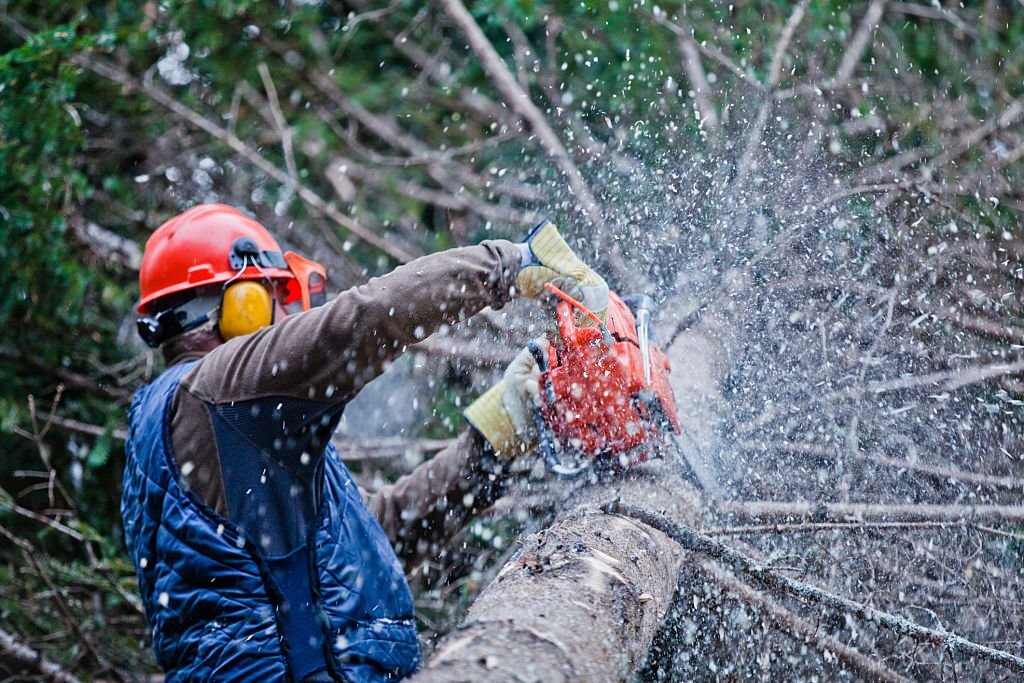
Introduction
The timber industry has witnessed remarkable transformations in recent years, primarily driven by technological advancements in logging equipment. Innovations in chainsaws, harvesters, skidders, loaders, and other machinery have revolutionized timber harvesting operations, optimizing efficiency, safety, and sustainability. This article delves into the significant technological advancements that have shaped logging equipment, paving the way for a more productive and environmentally conscious timber industry.
1. Automated Harvesting with Precision
Technological advancements have led to the development of sophisticated harvesters capable of automated tree felling, de-limbing, and cutting with unparalleled precision. These intelligent machines are equipped with advanced sensors, cameras, and computer systems that analyze tree characteristics in real-time. By identifying the best cutting points and adjusting their actions accordingly, automated harvesters significantly reduce waste, increase productivity, and minimize the need for manual labor.
2. Enhanced Safety Features
Worker safety is a top priority in the timber industry, and technological innovations have introduced several safety enhancements to logging equipment. Operator cabins in harvesters, skidders, and loaders now boast reinforced structures and shatter-resistant glass to protect operators from falling debris and hazards. Additionally, the implementation of emergency stop systems, roll-over protection structures (ROPS), and proximity sensors has reduced the risk of accidents and improved overall workplace safety.
3. Efficient Skidding and Loading
Modern skidders and loaders are equipped with cutting-edge technologies that optimize timber skidding and loading operations. Hydraulic systems with intelligent controls enable precise lifting, positioning, and movement of logs, reducing handling time and improving efficiency. Load weight monitoring systems prevent overloading, reducing the risk of tipping incidents and enhancing transportation safety.
4. GPS and Telematics Integration
Integration of GPS and telematics technologies has revolutionized logging equipment management. GPS enables operators to navigate more efficiently, optimizing routes and minimizing fuel consumption. Telematics systems provide real-time monitoring of equipment performance and health, allowing proactive maintenance to prevent breakdowns and reduce downtime.
5. Environmental Sensitivity and Sustainability
Technological advancements have also made logging equipment more environmentally sensitive and sustainable. Low-emission engines and fuel-efficient designs minimize the ecological impact of operations, reducing greenhouse gas emissions and fuel consumption. Additionally, automated systems in harvesters ensure more precise tree selection, promoting selective logging practices and preserving the overall health of forests.
6. Remote Sensing and Data Analytics
Remote sensing technologies, such as LiDAR and drones, have become instrumental in assessing forest health and timber availability. Drones equipped with high-resolution cameras and LiDAR sensors can quickly survey vast areas, providing valuable data on forest density, species distribution, and potential hazards. Data analytics tools process this information, aiding in better resource management and strategic decision-making.
7. Human-Machine Interfaces (HMIs)
The integration of user-friendly Human-Machine Interfaces (HMIs) has simplified the operation of logging equipment. HMIs provide intuitive controls, data visualization, and diagnostic information, allowing operators to make informed decisions and efficiently manage complex tasks.
8. Modular and Customizable Designs
Technology has also led to modular and customizable equipment designs. Manufacturers offer a range of attachments and options that allow logging companies to tailor machinery to specific tasks and operating conditions. This flexibility enhances the versatility and adaptability of logging equipment in various logging environments.
9. Future Prospects
As technology continues to advance, the future of logging equipment looks promising. Innovations in artificial intelligence, robotics, and sustainability initiatives hold the potential to further revolutionize the timber industry. Autonomous logging machines, smart forest management systems, and even eco-friendly power sources are among the exciting possibilities that could shape the future of timber harvesting.
Conclusion
Technological advancements have transformed logging equipment in the timber industry, improving efficiency, safety, and sustainability. From automated harvesters to integrated GPS and telematics, these innovations have revolutionized timber harvesting operations, making them more productive, eco-friendly, and safer for workers. As technology continues to evolve, the timber industry can look forward to even more advancements that will enhance its capacity to meet global wood product demands while preserving our precious forests for generations to come.

